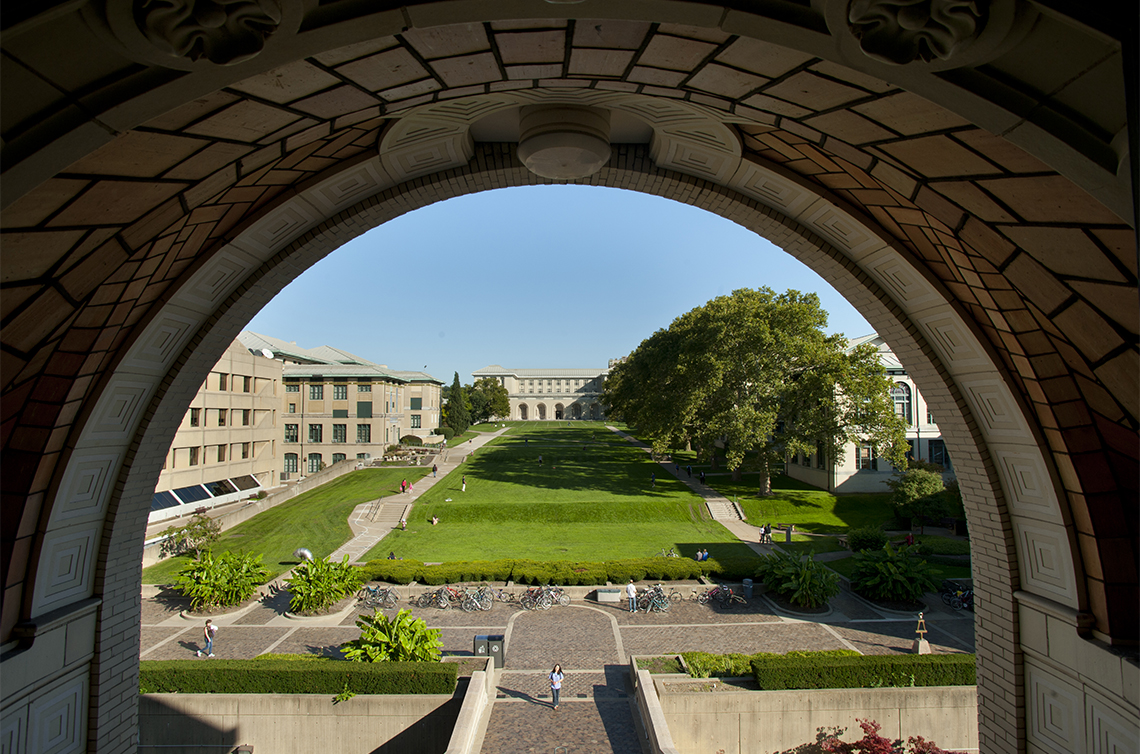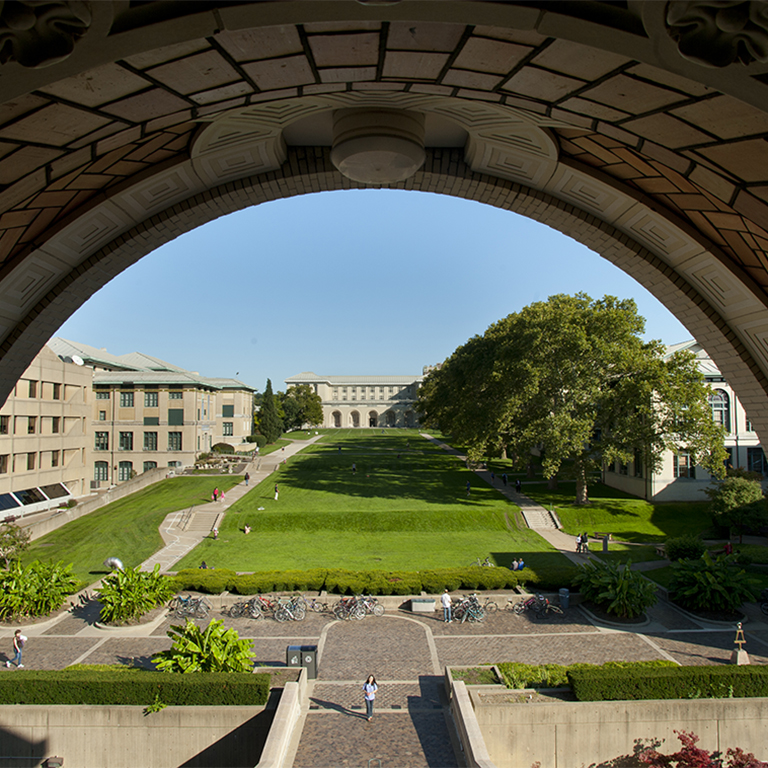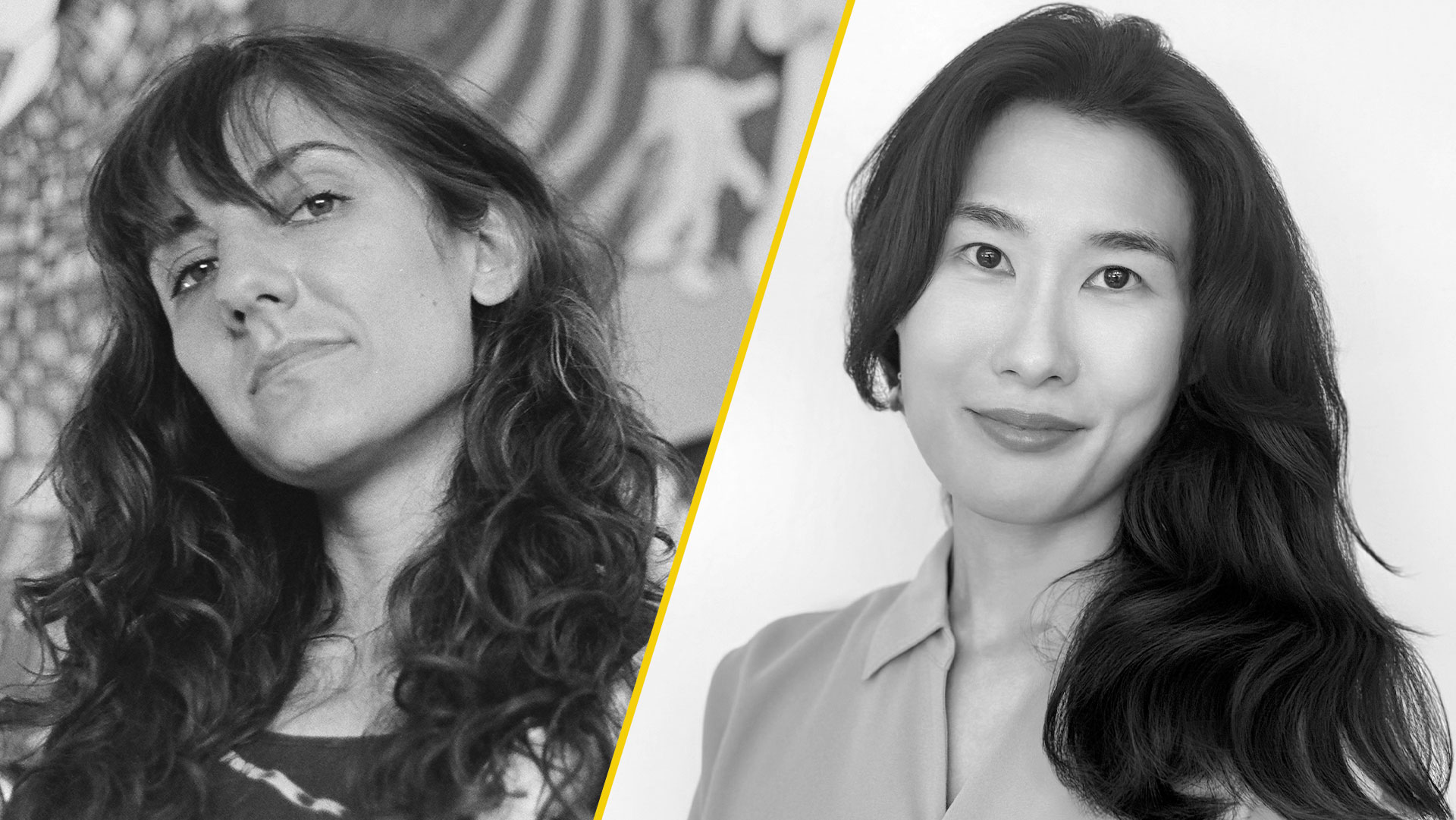
The appointment of Jamie Wolfe and Sujin Kim brings bold, new approaches to the School of Art, emphasizing experimentation, narrative innovation, and material exploration in animation.
The School of Art is pleased to announce the appointment of Jamie Wolfe as Assistant Professor and Sujin Kim as Associate Professor, beginning in Fall 2025. Both artists are leaders in contemporary animation, offering unique voices, practices, and areas of expertise that will significantly expand the School’s curriculum in Electronic and Time-Based Media. “We are thrilled to welcome Jamie and Sujin to our full-time faculty,” said Head of School Charlie White. “Both have established internationally recognized careers that will certainly resonate with our students. Their work — from very distinct vantages — pushes the boundaries of contemporary animation, blending tradition and technology in ways that will inspire and challenge the next generation of artists.”
Jamie Wolfe
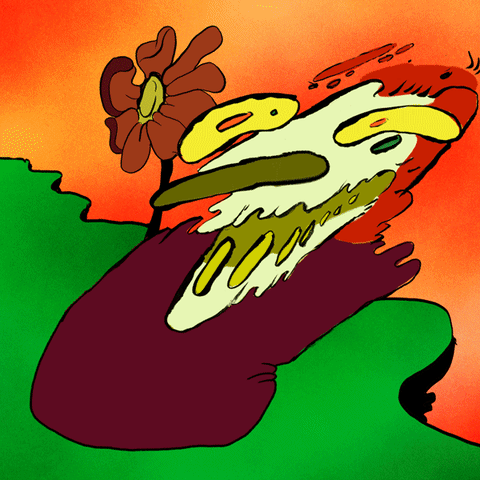
Jamie Wolfe is an animation director and artist whose practice spans experimental animation, drawing, painting, and comics. Her work centers on avant-garde approaches to character and narrative, exploring unconventional forms, movement, and storytelling. Hand-drawn lines and bold palettes collide to depict frenetic bodies in elastic space and time, exploring the tension between chaos and control.
Wolfe’s films have screened internationally at festivals and galleries, including the Ottawa International Animation Festival, Anifilm International Animation Festival, and ANIMAFEST Zagreb. She has created work for Adult Swim, Apple, The New York Times, and Giphy, and collaborated with musicians such as the Rolling Stones, King Krule, Local Natives, and King Gizzard & the Lizard Wizard. Her work has been featured in publications including It’s Nice That, Cartoon Brew, Vice, and Creative Review.
Prior to joining Carnegie Mellon, Wolfe lived in Los Angeles, where she served as visiting faculty in the Experimental Animation Program at CalArts and as a visiting lecturer in the Design Media Arts Department at UCLA. She received her MFA in Experimental Animation from CalArts in 2018.
“Jamie captures the magic and energy of classical animation while bringing it fully into the 21st century through her unique style, inventive characterization, and expressive line work,” White said. “She serves as a vital link between the history of animation and its current landscape — where paint, color, and material remain essential elements. We’re excited to have her share that perspective with our students.”
Sujin Kim
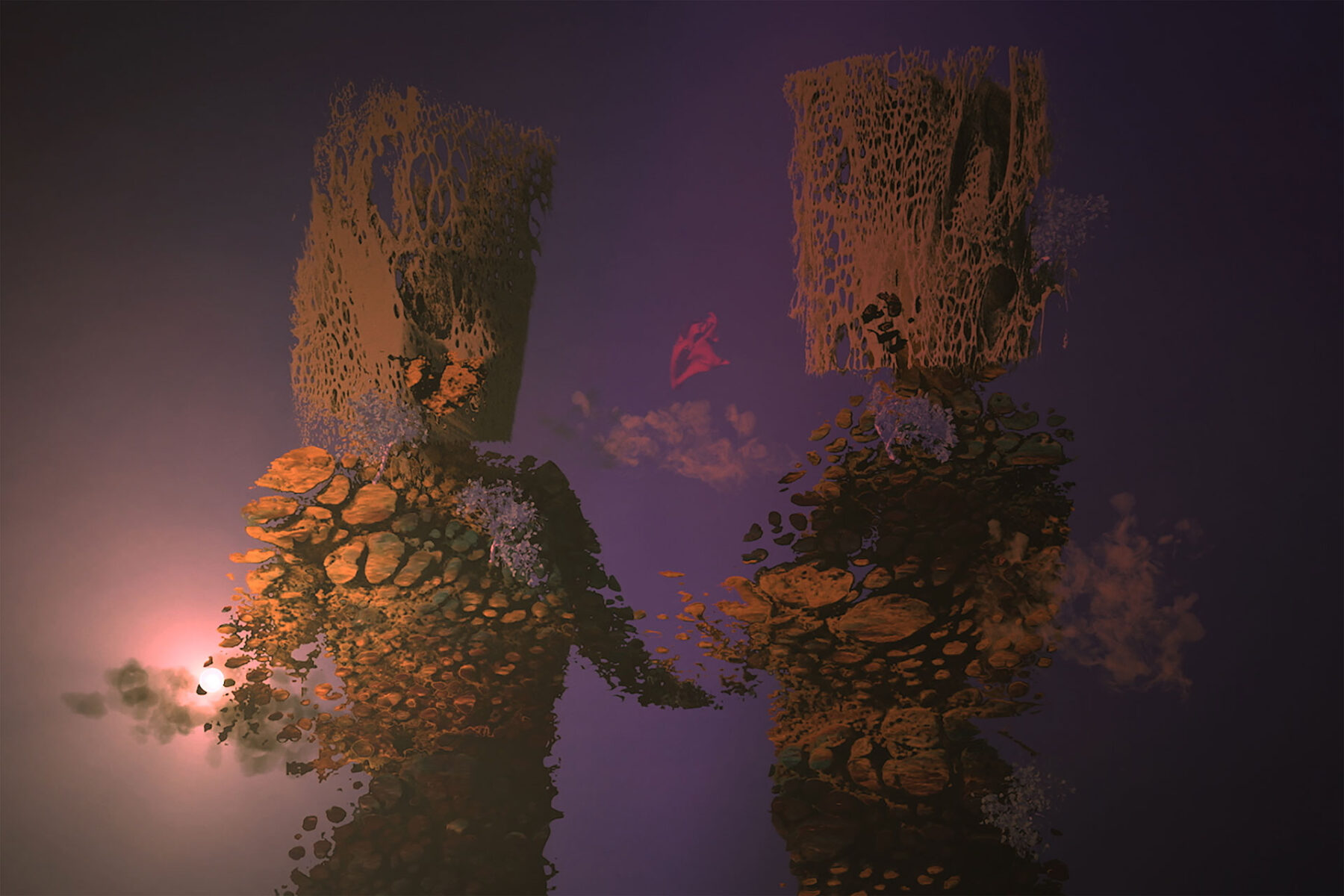
Sujin Kim is an award-winning experimental filmmaker specializing in animated documentary, recognized for her innovative use of emerging animation technologies and 3D visualization tools. Her work explores deeply personal narratives and collective traumas shaped by historical and systemic violence, often centering the lived experiences of women as a means to confront silenced histories and reclaim agency through poetic storytelling.
She earned her MFA in Experimental Animation from CalArts, where her thesis film — centered on testimonies of military sexual slavery during World War II — received the Gold Medal at the 49th Student Academy Awards, presented by the Academy of Motion Picture Arts and Sciences.
Kim’s animations have been showcased at major international festivals and conferences, including Annecy, Ann Arbor, American Documentary and Animation Film Festival, Tampere, and ISEA, with additional screenings in over 20 countries worldwide. Her work is preserved in both the Academy of Motion Picture Arts and Sciences Film Archive and the War and Women Human Rights Museum in South Korea.
Alongside her independent filmmaking, Kim has created commissioned artwork for musicians including the Grammy Award-winning band MUSE (Warner Music Group) and the post-hardcore band Touché Amoré (Epitaph Records).
“Sujin’s work confronts deep, emotional themes with an intensity that is fiercely her own,” said White. “Her innovative use of technology creates new visual experiences and tells stories in ways that simply weren’t possible before. She brings an important perspective to our program, one that looks to the future while engaging with the serious issues of the past, that will greatly advance our students’ understanding of what animation can express.”

